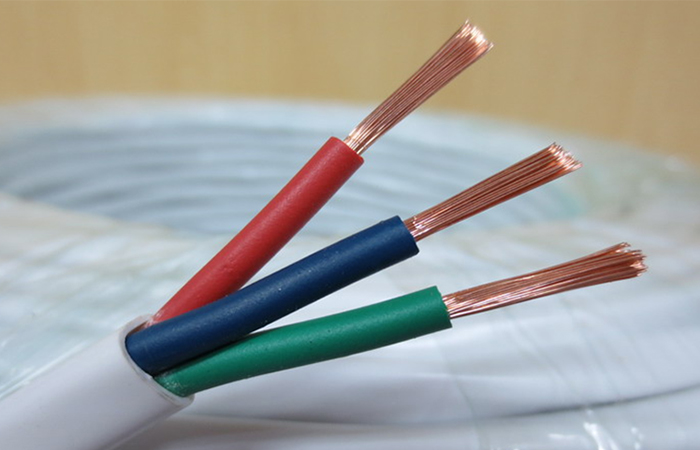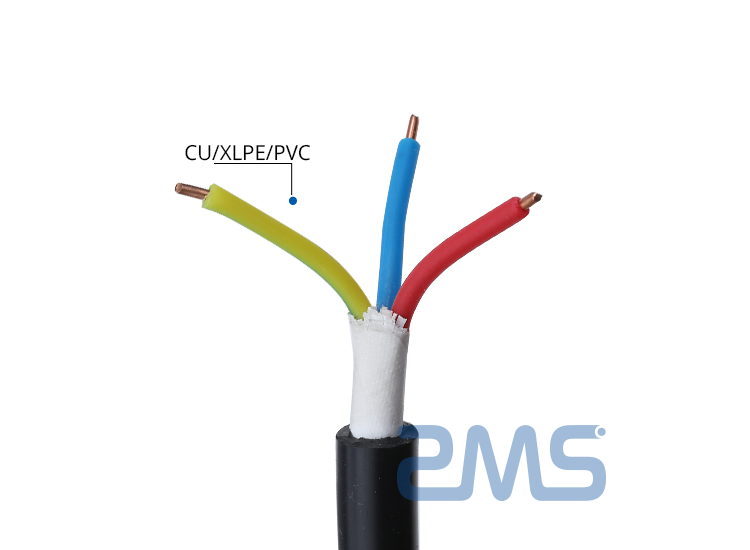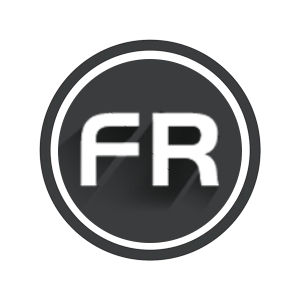三芯电缆有助于将设备和机器连接到电源.
您选择使用的 3 芯电缆的尺寸以及您设计电路的方式也会影响您的项目。
由于应用的差异和项目规格的变化.
此外, 高压应用通常需要高质量的电缆, 被称为钢丝铠装 (西南航空), 及其适用的标准和规范.
所以, 您必须熟悉三芯铠装电缆颜色, 以及每种颜色的导体是做什么用的.
在这篇文章中, 我们将更详细地讨论所有这些问题.
什么是三芯电缆?
了解您将使用的电线或电缆的类型非常重要.
无论您计划从事哪种电气应用.
用于各种用途的非常流行的选择是 3 芯电缆.
这些电缆包含三个独立的芯,用于三种不同的电力传输目的.
例如, 如果您选择使用 1.5mm 3-芯柔性电缆, 主电缆护套内将有三根独立的电线.
其中一根电线用于供电, 另一个用于中性线, 三芯电缆中的第三根线用于接地 (或接地) 应用.
从其他类型电线的角度回顾上述信息可能会有所帮助.
与 3 芯电缆不同, 2-芯线少一根导体. 它的组件仅由两个核心组成.
所以, 而10mm 3芯铠装电缆则带电, 中性的, 和地面 (或接地) 金属丝, 同一电缆对应的2芯版本没有接地导体. 它只有火线和零线.

三芯地线有什么用?
它们通常用于住宅用 2 路照明等应用, 以及其他应用程序. 例如中央供暖系统和设备布线.
取决于电工如何设计2路照明电路.
3 芯和接地电缆可用于中性线或带电应用.
一般来说, 三芯电缆是指具有三个独立铜芯的电线, 每个都有自己的保护套.
然而, 对于3芯地线, 在制造过程中插入第四根导体.
例如, 典型的 3 芯柔性电缆将具有常见的 3 芯, 包括直播, 中性的, 和地面, 但还会有另一位指挥——第四位.
这个额外的核心通常是裸铜,用于接地目的.
在上面的例子中 , 如果我们使用 3 芯柔性电缆 额外的裸铜导体, 第四根导线必须插入绿色/黄色编码套管中 (地面) 安装期间.
电气应用三芯铠装电缆
芯铠装电缆也俗称三芯钢丝铠装 (西南航空) 电缆.
例如, 您可能会看到一个规格,上面写着铠装电缆 16mm 3 核心, BS546/BS6724.
这意味着该电缆符合英国特定电缆制造和测试标准的要求.
三芯铠装电缆被称为 动力和辅助控制电缆.
也称为三芯电源线, 这些电缆是耐磨电缆,用于电缆可能损坏或存在紫外线暴露危险的应用中.
普通3芯钢丝铠装电缆 (西南航空) 非常适合外部电气应用.
由于此类应用通常必须承受自然力, SWA 户外 3 芯电缆具有附加外护套 (通常是金属丝网)
它为此类 3 芯电缆的内芯提供更强的机械保护.
什么 我是 时间三核 C有能力的 Used 为?
正如前面提到的, 三芯电缆是在电缆制造过程中包含三个导体的电缆.
每种类型的电缆都有不同的用途, 我们不建议用于特定用途的应用.
例如, 如果您的理想是 1mm 3 芯电缆, 切换并使用较粗或较细的电缆可能不是最佳做法.
通常, 3-芯线通常是 I 类设备连接的首选电缆.
这是因为此类设备 (或相关应用程序) 需要提供与地球的连接.

二芯电缆与三芯电缆
在这些应用中使用 2 芯线代替 3 芯电缆可能会影响安装. 不接地可能会使用户面临 电击.
在不需要接地的情况下,电工可以使用 2 芯版本的电缆代替 3 芯电缆.
例如, 在涉及 II 类设备项目的应用中, 工程师或电工可能会使用 2 芯编织电缆而不是 3 芯编织电缆.
这样做的原因是因为II类设备一般不需要接地.
总结, 电缆通常取决于设备或器具是否需要接地.
根据电气规范, 的外壳 I 类器具 必须接地.
为了这, 使用3芯电源线. 另一方面, 使用 2 芯电缆对于 II 类应用是安全的.
在火线接触设备或器具主体时触电风险更大的应用中, 推荐使用3芯接地线.
例如, 如果主体由非导电材料制成, 例如橡胶, 塑料, 玻璃, 或陶瓷, 可能不需要使用 3 芯电缆.
然而, 选择室外 3 芯电缆而不是外部导电 2 芯线(例如金属线)可能是安全的, 钢, 铁, 或铜.
对于非导电应用,您可以使用 2 芯电缆, 但灯泡插座必须使用3芯电缆, 灯柱, 以及任何其他存在高触电风险的用例.
通常, 3-芯钢丝铠装电缆 (西南航空) 用于在地下传输电力, 从发电厂到住宅或商业场所.
您还可以看到其他装甲产品, 如3芯4mm铠装电缆, 与架空输电应用中的悬链线一起使用.
经常, 常见电气应用, 例如照明开关或电器的电源线, 可以使用柔性电线,例如 3 芯柔性电缆.
这是因为它们的使用使电缆能够弯曲和扭曲,而没有断裂或分裂的风险.
三芯电缆颜色
2 芯和 3 芯电缆都有特定的颜色要求.
三月 2004, 英国标准BS 7671 对电气装置的处理做了一些改变 2- 和英国的 3 芯颜色.
这些标准的变更于四月生效 1, 2004.
例如, 4月1日之前, 您会看到电缆制造商出售不同颜色的 25mm 3 芯铠装电缆, 但新标准生效后, 这是非法的 (自四月以来 1, 2006) 出售或使用旧配色方案的电缆.
直到三月 2004, 三芯地线颜色标准为蓝色, 黄色的, 红色的, 带地线.
然而, 三月后 2004, 新的 3 芯电缆颜色为灰色, 黑色、棕色以及大地色.
这些颜色标准不会在一夜之间生效 – 有2年重叠 (宽限期) 过渡前.
这段时间, 零售商出售 2- 和3芯铠装电缆, 以及其他类型的三导体产品, 新旧着色系统.
为什么这个颜色标准会改变?
更改主要是为了保持电缆颜色与欧盟其他国家保持一致.
统一颜色代码现已在所有欧洲国家以及英国生效。
新制度下, 如果您的应用需要诸如 3 芯扁平电缆之类的产品, 它只会在新系统中出售整个大陆的颜色代码.



